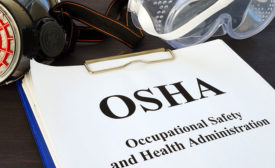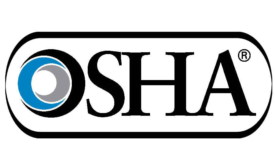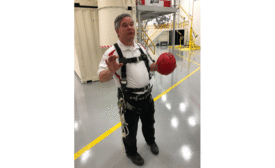Safety Training & Incentives
Emergency response plans should prepare you for the media
When reporters come calling…
December 4, 2019
How to help new employees stay safer
Proper training is important for all workers, especially those who are new to your company and its unique safety standards
December 3, 2019
From Phylmar Academy:
The danger to workers from wildfire smoke is not theoretical. It's happening now!
November 19, 2019
Never miss the latest news and trends driving the safety industry
eNewsletter | Website | eMagazine
JOIN TODAYCopyright ©2024. All Rights Reserved BNP Media.
Design, CMS, Hosting & Web Development :: ePublishing











